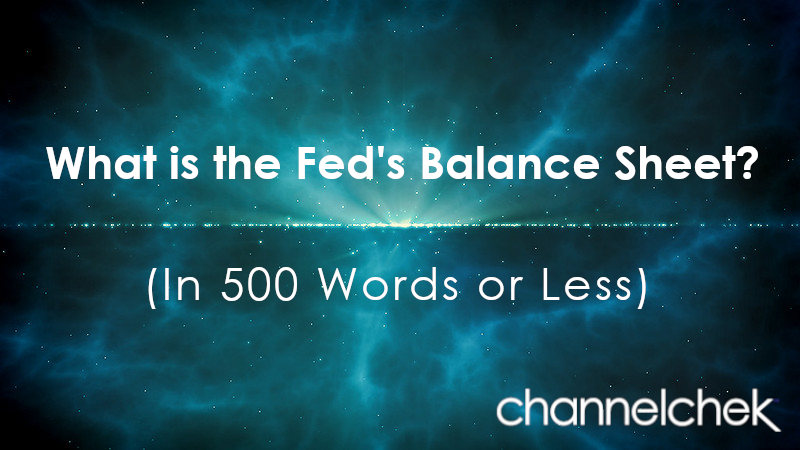What is Meant by Fed Quantitative Tightening?
Quantitative tightening (QT) is implemented when quantitative easing (QE) has been successful in inducing economic activity. QE is when the Federal Reserve buys fixed income securities, usually treasury notes and securitized mortgage bonds. Simply put, QT is the unwinding of these purchases.
As the U.S. Federal Reserve believes financial conditions have improved and that keeping additional money in the economy would do more harm than good, they begin to work toward “normalizing monetary policy.” This normalizing or tightening policy is accomplished by not replacing all maturing securities with new purchases each month. A maturity pays the owner (the Fed), so not rolling this money into new purchases has the effect of reducing the money the fed added to the economy during the QE cycle.
Before QT the Fed usually has begun forewarning that they would directly be impacting short-term rates through a higher targeted overnight rate.
To orchestrate QT, while trying not to over shock a recovered economy, the Fed creates a schedule to allow maturities and fewer purchases to equate to the amount in its plan.
For example, the Fed may allow $30 million in treasury notes and $15 million in mortgage-backed securities to mature in each of the following three months without repurchasing this amount. Over the next three months, the QT plan may then call for increasing these amounts. Each time the fed changes monetary policy, they know the change in money in the economy takes time to play out and work. Even though they have a plan, that plan can be adjusted if something isn’t working.
As the bonds mature, the excess money supply that was created when they were purchased from the Fed’s account is taken out of circulation. With less money in consumers’ hands and interest rates on the rise, spending starts to decrease. As the law of supply and demand suggests, a decrease in consumer demand leads to slowing asset price growth (inflation).
If the Fed moves too quickly with its quantitative tightening plan, it could stifle demand too quickly for the supply side to adjusted which could cause an economic recession (negative growth).
Quantitative tightening is typically implemented when the economy has grown too fast for its own good due to a mix of low-interest rates and excessive asset purchases from the Fed. During these times, inflation becomes a concern. One of the US Federal Reserve’s mandates is to maintain stable prices.
The Federal Reserve is said to hold the securities used for quantitative tightening on its balance sheet. So if you hear the Fed is shrinking it’s balance
sheet, they are letting securities they hold mature without purchasing as much in any given month.
The ultimate goal is to wean the economy off what the Fed considers abnormal money supply to reduce demand without pain and to bring inflation back to its target of 2% without creating excessive unemployment.
Managing Editor, Channelchek
Suggested Reading
 Why a Growing or Shrinking Fed Balance Sheet Can Impact Your Investments
|
 Why Investors Monitor the Yield Curve and Yield Curve Changes
|
Stay up to date. Follow us:

|
